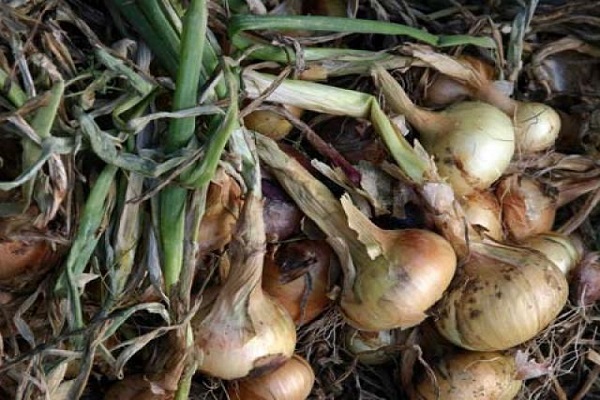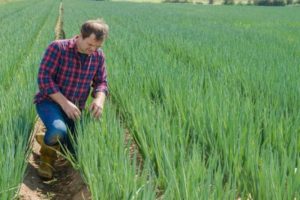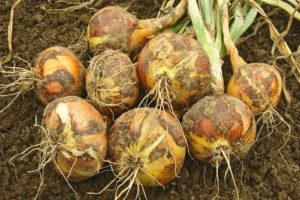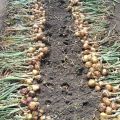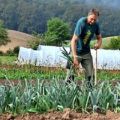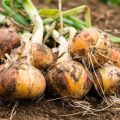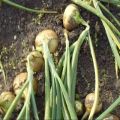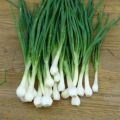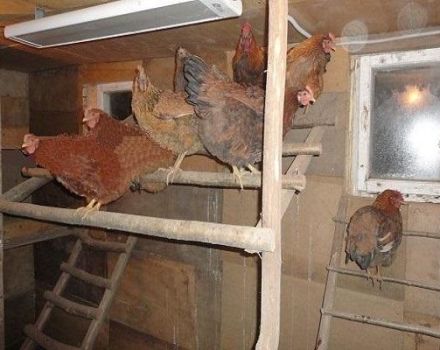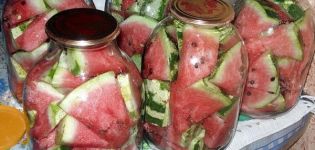The correct timing when to remove onions from the garden in Siberia
The timing of harvesting onions in Siberia differs from areas with a warm climate. The ripening of the bulbs is influenced by weather conditions. And the unpredictability of the climate plays a major role in growing onions and harvesting them. All factors have to be taken into account so that the harvest does not disappear. They are based on the time taken to harvest the bulbs and on the varieties of the vegetable plant. In the regions of Russia, it is important to correctly determine the timing of digging the onion heads. If you are late, it is more difficult to preserve the harvest, and ahead of time the dug out fruits will deteriorate due to insufficiently developed scales.
Climate features and variety selection
For residents of the Siberian region, you need to know which varieties of onions to choose so that the vegetable can tolerate:

- frosts in spring;
- cool summers with heavy rainfall;
- dry hot weather;
- jumps in temperature during the growing season.
In order for the collection of onions to bring large heads covered with dense scales, it is necessary to choose varieties with early and medium ripening periods. The best varieties for Siberia are presented:

- a mid-season vegetable Alice with a long shelf life;
- early Apogee with brown husk and white juicy pulp;
- Velina with rounded bulbs weighing up to 90 grams;
- Voronezh 86, suitable for storage during the winter;
- early ripe Ermak, who has a semi-sharp taste of fifty gram heads;
- Mid-season golden spindle:
- Annual Siberian.
To start harvesting onions before frost, choose a vegetable plant with the optimal ripening time. It is important that the vegetable is stored for a long time, has resistance to damage, fungal infections, rot.

Beginner's mistake
Novice gardeners do not always determine the right time to dig up onions. Indeed, in order to carry out cleaning on time, it is necessary to take into account the optimal timing for a specific area. Onions dug in Novosibirsk, along with the central regions, may not be ready for storage. Weak scales will not protect the heads from diseases and pests, and the crop will die.
The bulb needs to walk in order to become ready to lie all winter in the basement or cellar, while retaining its useful qualities. Therefore, it is necessary to dig the onions in Omsk when the end of July - the beginning of August comes. Having lingered longer in the soil, the early varieties of the vegetable will begin to rot. For late plant species, the harvest time is at the end of August.
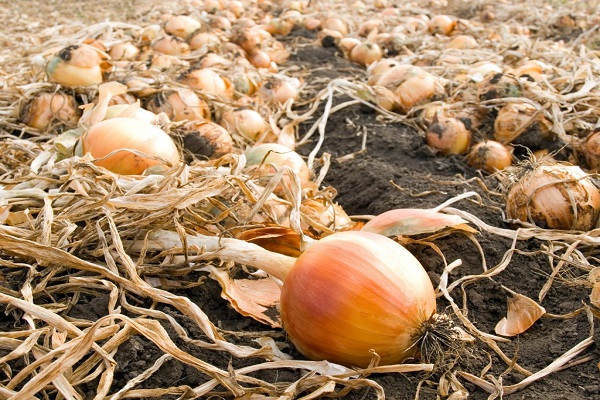
Determining the terms
When to collect onions in Siberia is determined by the following parameters:
- the weather during the planting and growing season of the vegetable crop was hot, dry with little rainfall;
- externally, the plant is ripe and ready for harvest;
- according to the lunar calendar, the time has come for digging out the bulbs;
- by mathematical calculations, taking into account the landing time.

Do not wait for the weather to turn bad, and when it starts getting colder with rains. Every gardener can speed up the ripening of a vegetable crop. Then the harvest will not be lost.
Before harvesting, watering the beds is stopped two weeks before. This will prevent the bulbs from getting wet. Dry, they will last longer in the basement.

Mathematical calculations
The quality of the bulbs depends on the exact timing of the harvest. For Siberia, the timing is determined by both the variety of vegetables and the weather conditions of the garden season. In cold summer with rains, onions will have to ripen longer.
There is also a mathematical calculation method. To do this, add 70 or 90 days to the number when the culture is planted. The result obtained will be the starting point for harvesting. The dates will shift by several days if the cold has been long.
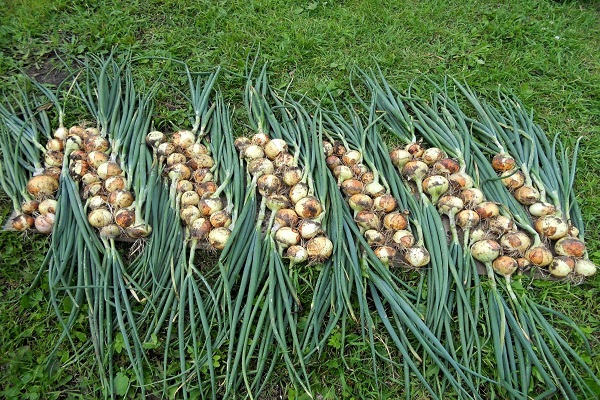
Weather
To determine when to harvest onions in Siberia, you need to know the weather forecast for the next two weeks, when the harvest will be. Weather conditions affect the ripening of onions during the growing season.
If after planting the vegetable it was cold and rainy weather, the development of the bulbs will be delayed for a week or two.

And the dates are shifted to early ones, if they predict a cold snap with heavy rains. You should not wait for lodging of the stems, otherwise rotting of the heads and root collar will begin, which will lead to the loss of the vegetable yield.
It is better to start harvesting earlier to prepare onions for the winter. And ripen the heads in a room with cool and dry air. And here it is important not to cut off the stems, which will make it possible to provide root crops with nutrition. After three weeks, another layer of scales forms on the heads of the vegetable, protecting the bulbs from damage and decay.

External parameters
Determining the timing of when to remove onions from the garden in Siberia is difficult mathematically. Therefore, external signs of ripeness are important:
- Green onion leaves wither, turn yellow, dry up.
- The basal neck becomes thin, fades.
- Feathers creep along the ground. Although in a rainy summer, this is not a guideline in determining the ripeness of onions.
- After digging up on the bulbs, golden scales are determined, which are easily peeling off.

You should not wait for all the stems to fall on the ground, a quarter of the lying leaves are enough to start harvesting the vegetable.
Moon calendar
The influence of the moon on plant development has long been known. Therefore, you can get rid of the mathematical calculations of onion harvesting by referring to the lunar calendar. During the harvesting of onions, the Earth satellite should be in a waning phase. It is considered favorable to harvest on the full moon.
Lunar onion harvest in 2018 year will pass favorably in August from the 7th. The harvest collected at this time will lie in the cellar for a long time, will not deteriorate.
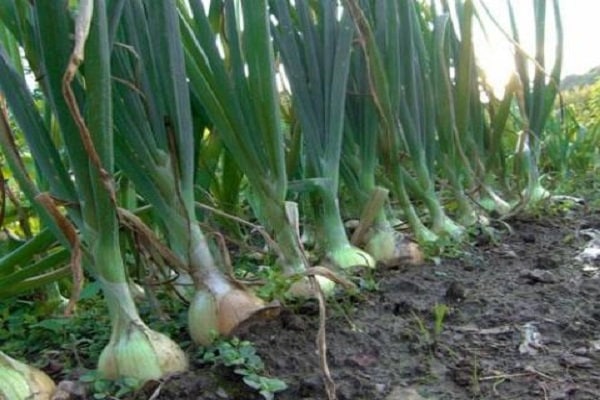
But in rainy weather, the harvest is transferred to dry days. On a growing moon, biological processes in plants slow down, and all the strength goes to root crops. You can also dig up onions during the growing month, the harvest will be juicy, with a large supply of useful trace elements and vitamins.
Can the ripening process be accelerated?
When the weather forecast for the ripening period of the bulbs is unfavorable, the onion harvesting time is accelerated in various ways:
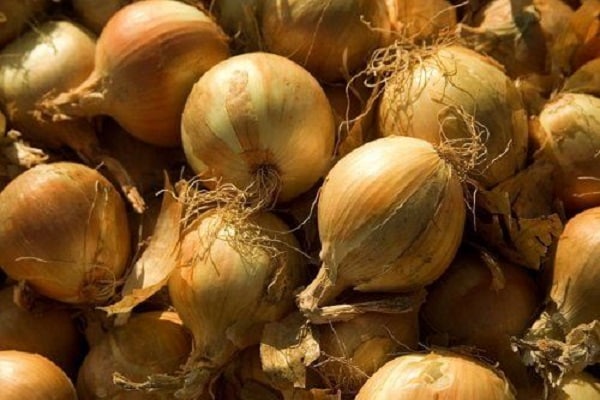
- After loosening the beds, they slightly sip on the stems. The roots are undermined and stop developing, starting to become covered with scales.
- Ripe bulbs become ripe faster when sunlight and air penetrate to them. One has only to bare the heads, pushing the ground away from them.
- Fill the stems on the garden bed, and start harvesting in a week.
- When growing seedlings, the roots are cut with a shovel, wielding a tool five centimeters below the bottom.
It is advised to mow the leaves to accelerate the ripening of the vegetable. But this method leads to a loss of yield.If the unripe onion is dug out ahead of time due to unfavorable weather, then it is the tops that will help the heads to ripen, supplying them with nutrients.
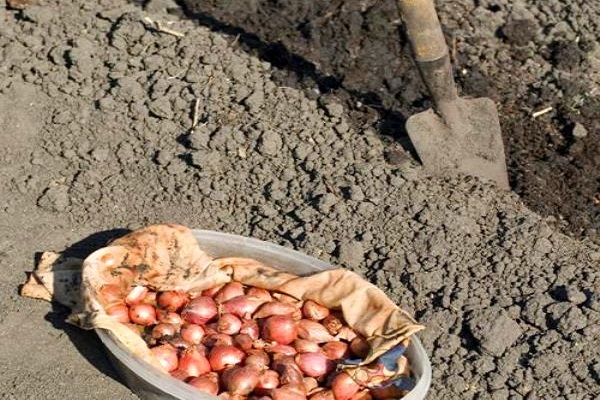
Cleaning features
If the time has come to harvest onions in Altai and in other regions of Siberia, then they choose a sunny day. First of all, they dig up onions, and then other types of vegetables.
Care must be taken to clean up. Do not pull on the stems sharply, because the bulbs will be damaged and rot during storage. You can dig directly into the ground with a shovel or garden pitchfork, removing bulbs from the layers of the earth. It is not recommended to hammer the ground from the heads, otherwise the bulbs will be damaged when tapping against each other. It is necessary to carefully shake off the lumps of earth from the roots. During drying, the roots will be cleared of soil.
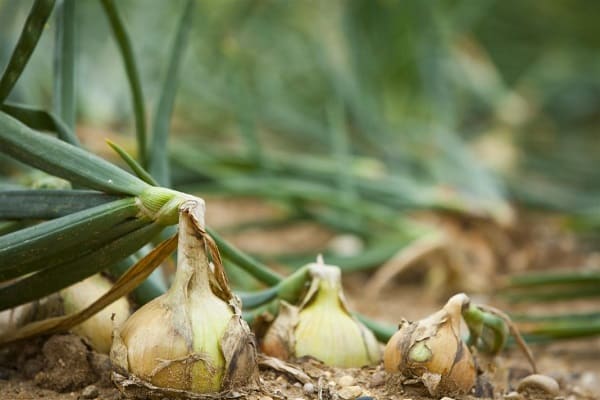
Leave the harvested crop in the garden to dry. Then in the evening they are transferred to a dry room, where they are laid out in one layer. The bulbs need to dry thoroughly, so they are left for a week or two. Turn the heads over constantly to allow them to dry on all sides. If the weather permits for the day, take out onions in the sun.
Important nuances of drying are that the leaves are cut off, leaving a ten centimeters shoot. This will help to braid the heads for storage. But the roots are removed so that the bottom is cleaned.
But feathers cannot be completely removed. This will open a passage for pathogenic microorganisms and pest larvae to enter the bulb. The neck stays, dries up and closes the hole for the vegetable pests.
